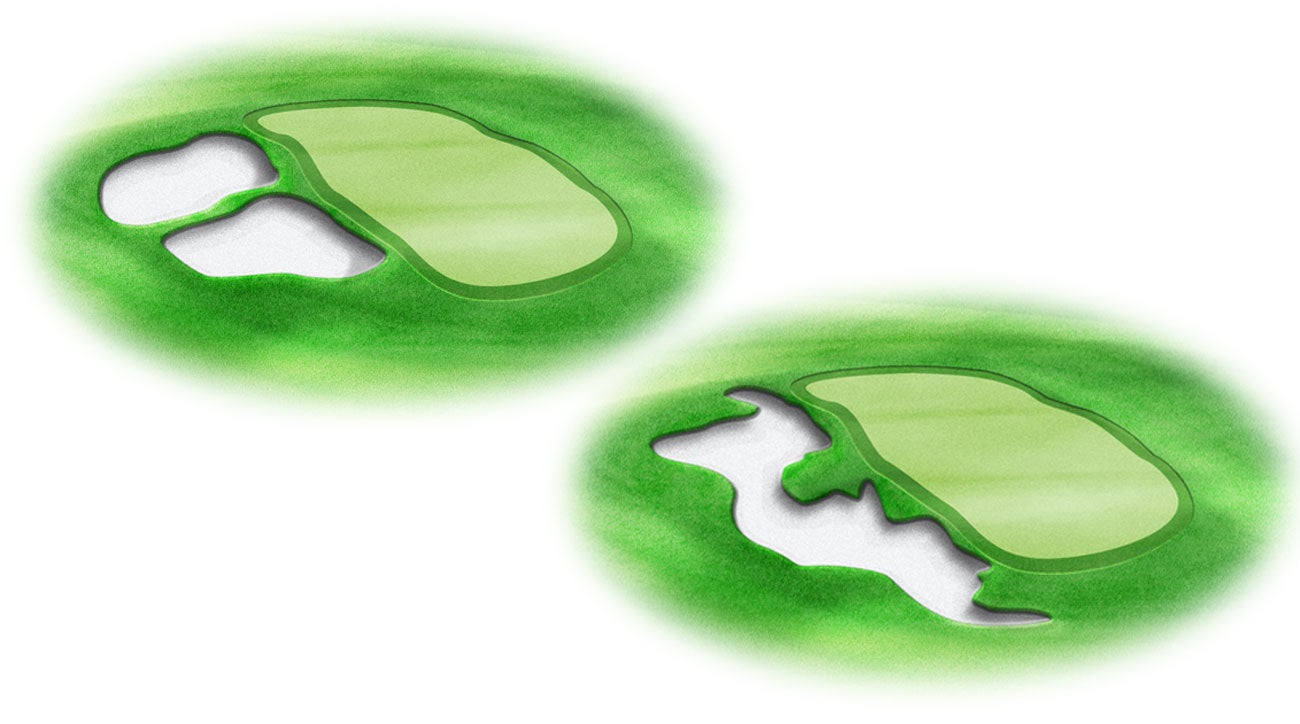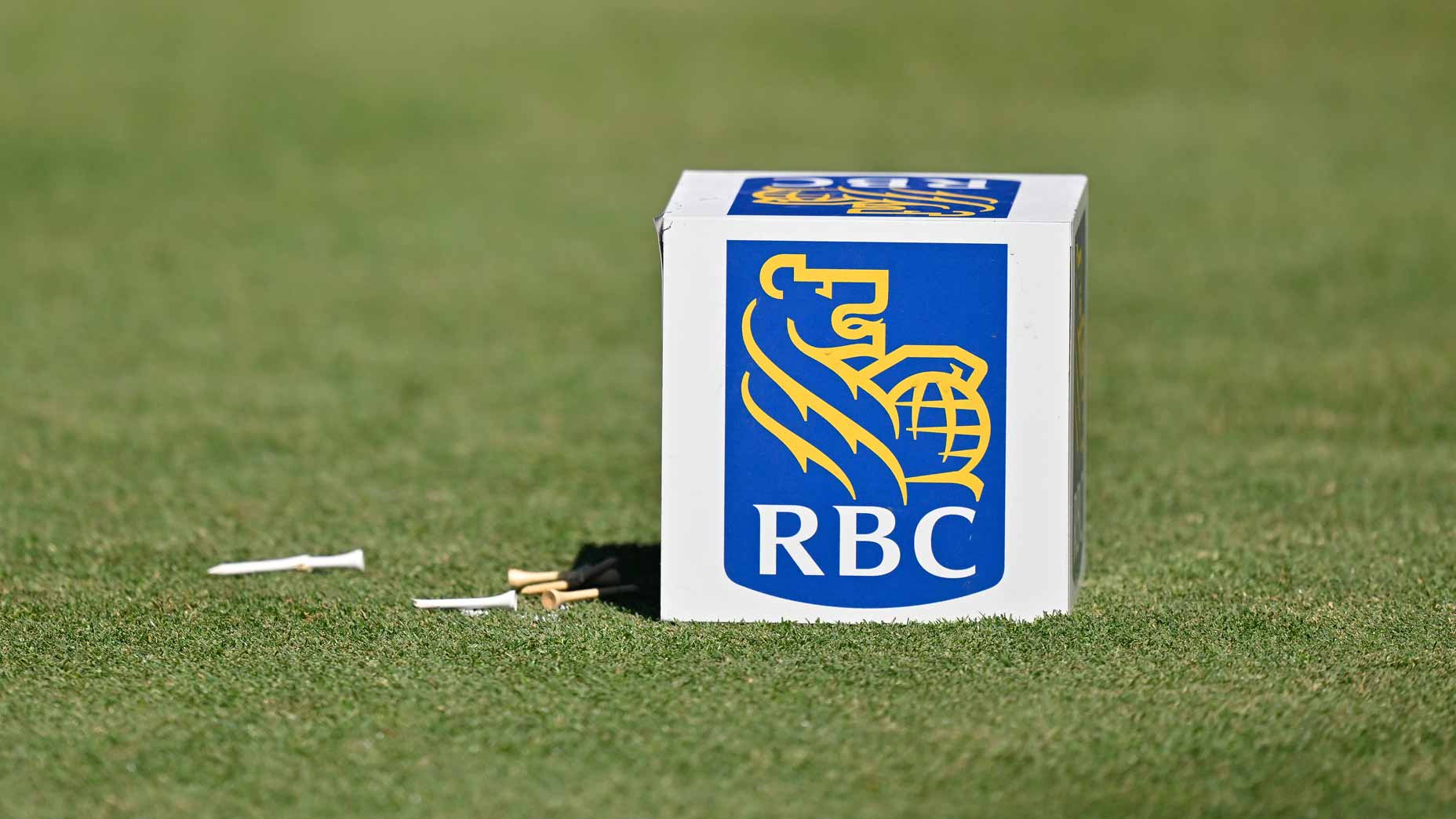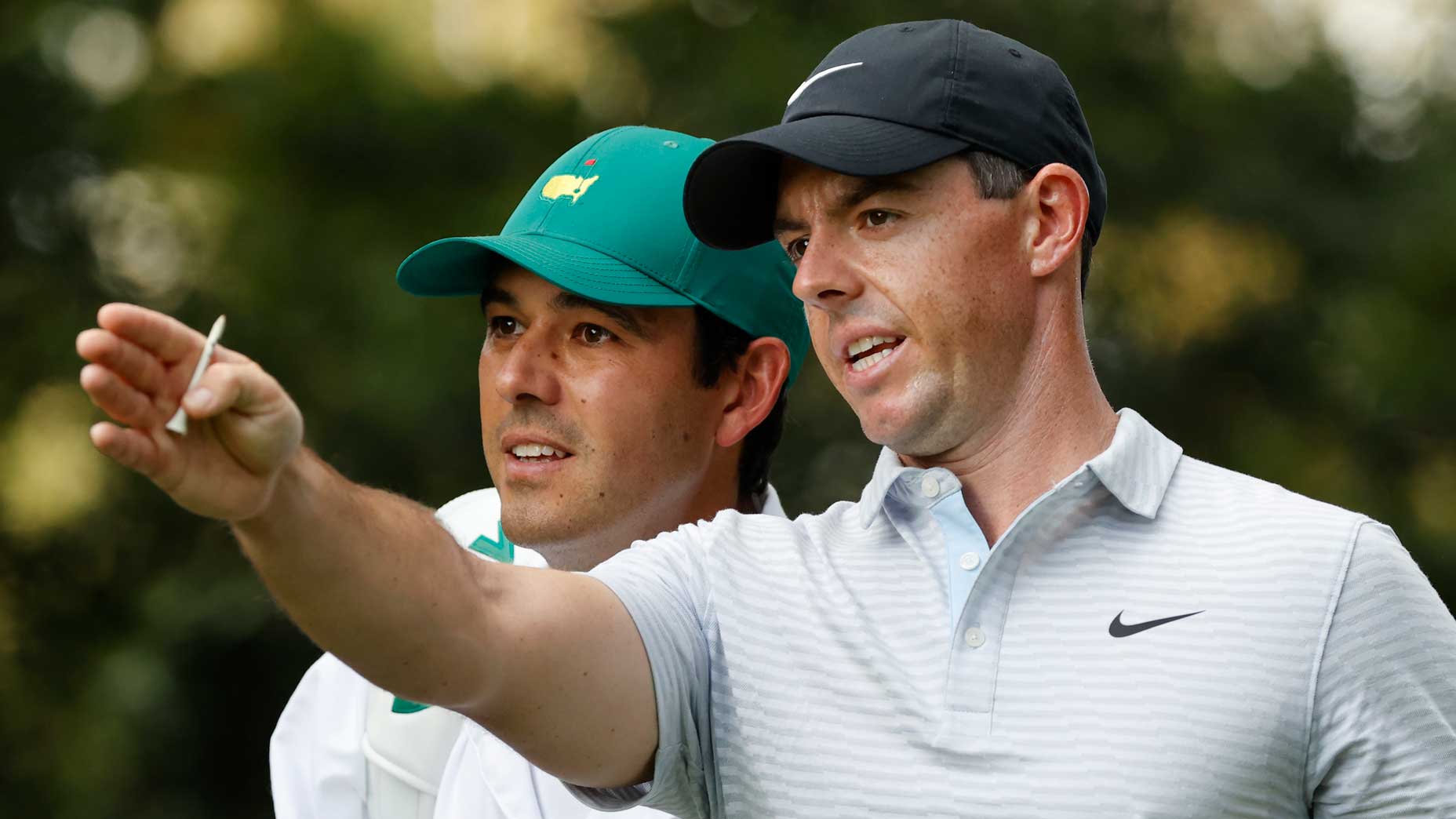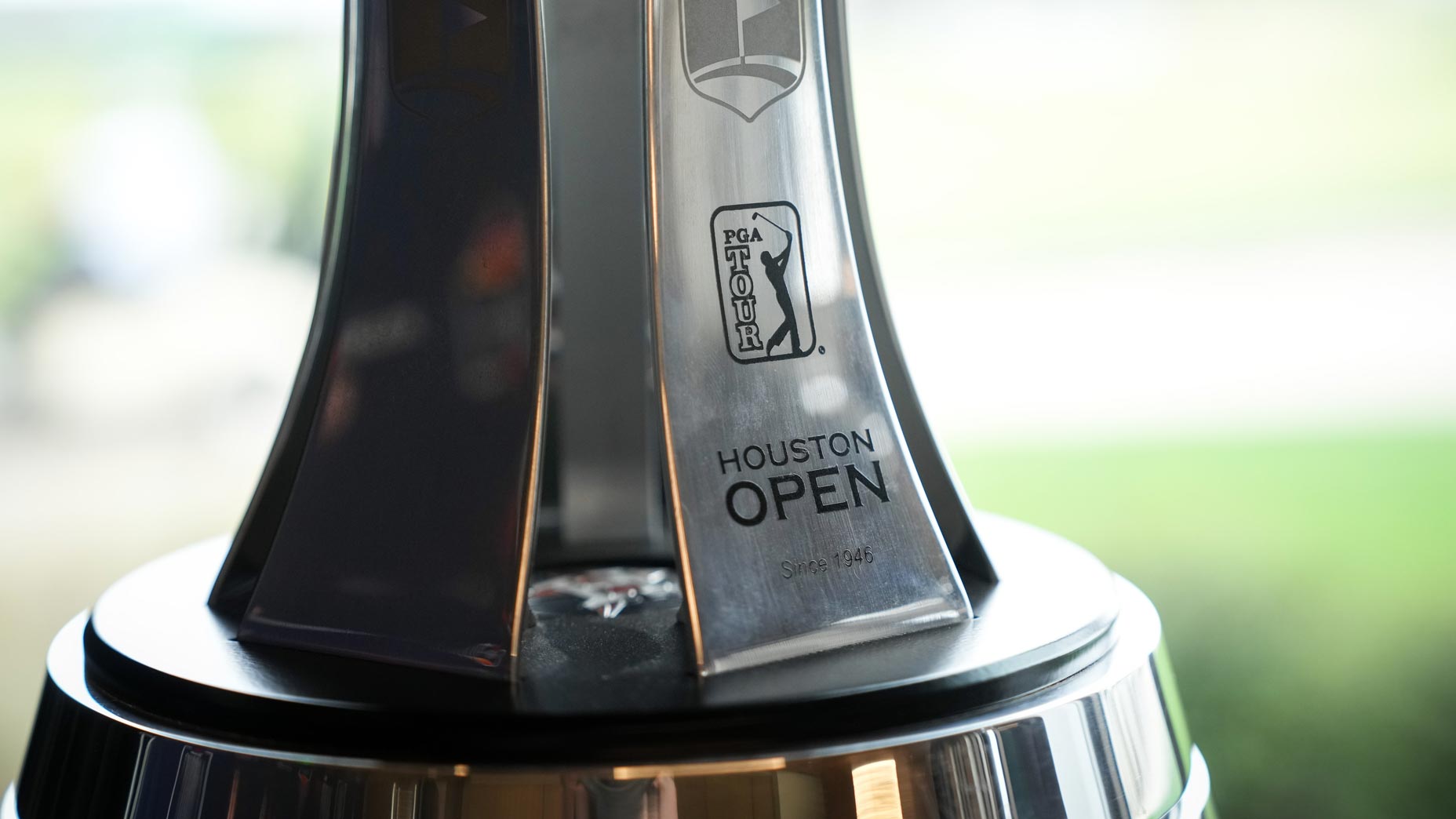Course changes to Augusta National are nothing new. Subtle tweaks and occasionally major alterations have been part of the Masters mind game since the tournament’s second edition in 1935, when they reversed the nines from the inaugural year. Rather than call them renovations, longtime chairman Clifford Roberts was fond of labeling them “improvements.” In many cases, the improvements have been debatable—but they keep coming.
“We will keep the course current with the times,” said one of Roberts’ successors, Hootie Johnson, in 2005. A decade later, another ANGC chairman, Billy Payne, asserted, “We are always looking at options…We create plans, looking into the future, when we believe [shot value] has been impacted by how far the ball is now traveling.”
At GOLF, we’re happy to give the Masters leadership an assist with a glimpse into Augusta’s great beyond, taking great care to consider the escalations in driving distance, gear performance, course maintenance, swing technique and physical conditioning that are sure to come. (Imagine the inevitable oomph of, say, TaylorMade’s M13 driver or a Titleist Pro V21.) In the spirit of course-design crystal-balling—and to incite the ire of purists in Georgia and around the world—here are four visions of Augusta National’s future.
No. 8 YELLOW JASMINE 6.0
570 yards, par 5
THE WAY-BACK STORY You can’t call the eighth a terribly pivotal hole, and in recent years, it has suffered a significant drop in drama, as well. Added length and the enlargement and placement of a huge fairway bunker in 2002 have caused many players to now employ a more conservative strategy off the tee, eliminating the excitement of the risk/reward in trying to reach the green in two. Witness the stats from last year’s Masters: Only one eagle was recorded in four rounds, and not a single double-bogey marred a scorecard. On Sunday, no player posted worse than a par. Yawn.
THE 2030 FIX Let’s keep the bunker as it is, because by 2030, the average drive will be long enough to make this trap a legit risk/reward hazard. For those going for the green in two, the trees and mounds on the left have always been jail, but the right-side bailout has been generous. To force a more precise second shot, we’re adding three pine trees short-right of the green, placed 120 feet from the edge of the left-side tree line, 55 feet from the front edge of the green and 115 feet from the center of the green. This leaves a 40-yard gap between the old and new trees. 2030 length will have players reaching the green easily; three new trees will force them to think—and execute. Expect more 3s, and count on plenty of 7s, too.[image:14099882]
No.9 CAROLINA CHERRY 5.0
460 yards, par 4
THE WAY-BACK STORY The ninth forces players to hit an approach from a downhill lie to an uphill green. It’s the stuff of nightmares for most amateurs. Masters competitors? It’s a piece of cake. What haunts them is the three-tier green and its false front (an Alister MacKenzie staple). Even a safe approach to the middle leaves curving, frighteningly fast putts. Guarding the green front-left are two vast, deep, oval bunkers. A ball that finds either winds up as it does in virtually every other bunker at Augusta—in the flat or on a slight upslope. Borrrring. It’s the same shot over and over again. The course’s sharp-edged and repetitively shaped traps have to go, especially those guarding the green on No. 9.
THE 2030 FIX Somehow, likely for aesthetic and maintenance reasons, much of MacKenzie’s sand artistry was cast aside. The changes occurred early on, as late-’30s and early-’40s photography reveals. By 2030, close to the 100th anniversary of Augusta National, the reigning club chairperson will mandate the restoration of MacKenzie’s brilliantly sculpted originals. We’ll laud he/she as a hero. With MacKenzie’s genius restored, you’ll never see the same bunker shot twice.
No. 10 CAMELLIA 4.0
545 yards, par 4
THE WAY-BACK STORY Historically one of the course’s toughest holes, the 10th has played easier in recent years, with golfers flying their prodigious 3-woods 245 to 250 yards onto the downslope in the left-center of the fairway, which caroms the ball up to another 100 yards, leaving a 6- or 7-iron to the green—and sometimes as little as an 8- or a 9.
THE 2030 FIX Tucking the tee 50 yards farther back would force at least some of the field to hit driver, and maybe by 2030, modern players will have figured out how to move the ball right to left with that club. Finding the fairway speed slot will occur less frequently, and we’ll witness more variety and more difficulty in the restored approaches, with some pros having to strike mid- to long irons from sidehill and/or downhill lies—among the most challenging shots in golf. The lucky members and dignitaries who sit at the legendary tables shaded by green-and-white umbrellas at the Masters will now have ringside seats to one of the game’s most enthralling tee shots. As far as how to relocate the practice putting green and walkway to the par-3 course? They’ll figure it out. They always do.
No. 17 NANDINA 9.0
340 yards, par 4
THE WAY-BACK STORY Design aficionados agree: The 17th at Augusta National features the blandest drive on the course. Players hit slightly uphill to a mostly hidden, bunkerless landing area. When theEisenhower tree—a Loblolly pine 210 yards out from the Masters tee—crashed down in a winter 2014 ice storm, it was expected that the hole would play slightly easier. It hasn’t—it’s just been even less interesting. They’re still hitting 9-irons and wedges to a vexing green bunkered unremarkably at four and eight o’clock.
THE 2030 FIX To spice things up and to give the hole new risk/reward character, we’re keeping the tee where it is but moving the green complex 100 yards closer, creating a drivable par 4. To drive it, however, players will have to take on a new, large bunker angled from left to right that extends halfway into the fairway, 20 yards short-right of the green. Find that bunker and you’ll face a brutal recovery; avoid it and another, smaller one lurks front-left, eight yards shy of the green. A new, kidney-shaped putting surface is designed to hold superbly struck tee shots but punish those missed short, long, left and right. As if Masters finishes aren’t thrilling enough, inject the possibility of a 1 or a 2 at 17. That’s a back-nine roar we can’t wait to hear.






